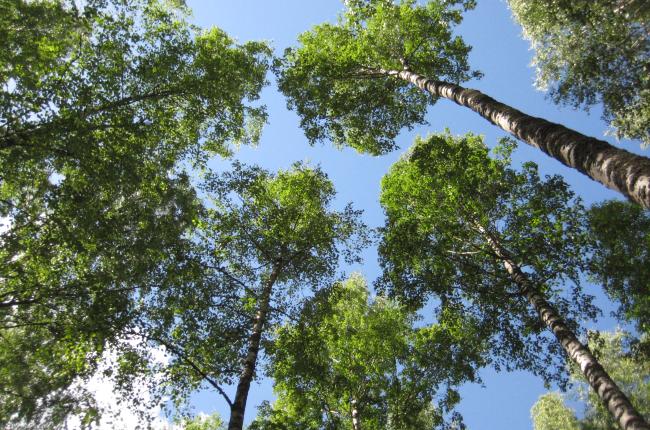CEPF participated in the panel on the session “Bioenergy sustainability”. Climate benefits of the forests are three-fold: Substitution, Sequestration and Storage. In order to provide the climate benefits in the form of substituting fossils with wood-based bioenergy, there must be coherent and stable way to provide these benefits.
The reason for revision should be to align the higher climate ambitions to match the climate ambition level of the RED II regulation. In the seminar the EC was also testing the waters for opening the forest biomass sustainability criteria set in the regulation, as also currently asked in the ongoing online public consultation. It is not clear how tightening that criteria will support the bioenergy sector in playing its role in achieving 2050 carbon neutrality goal. On the contrary, its effect would be diminishing the availability of the raw material. The suggested revision means that the long waited and soon beginning implementation of RED II criteria would have been a waste of time. The actors on bioenergy sector would have to wait for the new political decision while investments flow away from them.
Forest owners’ main goal in forest management is not to produce wood for bioenergy. This seems to be a common misconception. Wood suitable for bioenergy is wood that is either too small for other uses or the quality is too poor to be used for other uses. By thinning forests, forest owner can increase the quality of the standing trees which will in turn serve as carbon storages.
The public consultation questionnaire is open until 9 February 2021 and can be found here.




